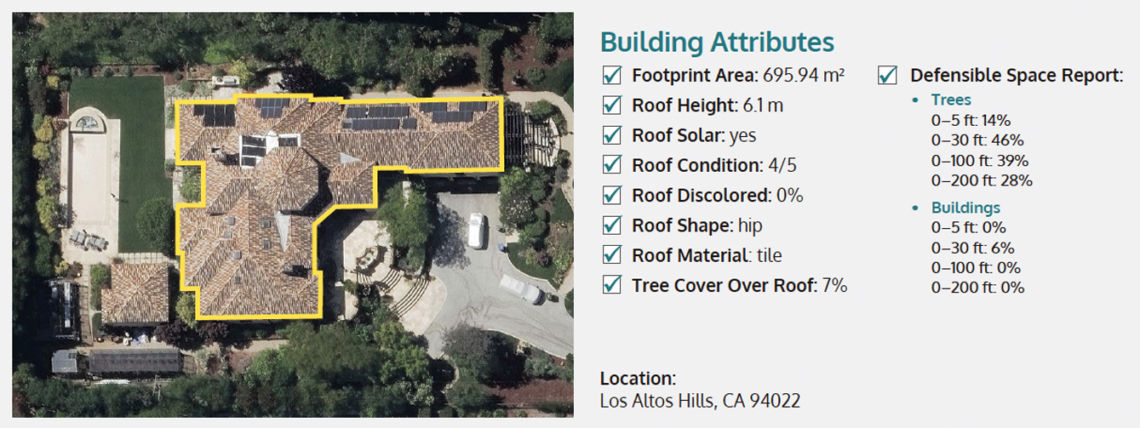Vexel provides aerial data for smart-city planners
- July 18, 2022
- Steve Rogerson
Project planners can use intelligent aerial imaging technology from Colorado-based Vexel to create 3D models that help them design smart cities.
Vexcel Data Program has announced a product that will provide automatic insights and learning across hundreds of millions of residential properties in more than 25 countries around the world. Part of its Elements line, Building Attributes is said to be a reliable, more informative way to improve understanding of built structures in seconds.

“Advanced classification on our high-resolution aerial imagery is needed more than ever before,” said Erik Jorgensen, CEO of Vexcel Group. “We’ve been growing our aerial imagery coverage globally and are now applying machine learning to our already highly accurate imagery to analyse buildings and deliver information on a whole new level and scale. This helps our customers make better decisions with greater confidence, whether it’s an insurer using these details to underwrite a policy or property assessors performing more accurate desktop assessment, there’s endless opportunity for enhancing workflows and decision-making. We’re more than just an imagery provider, and our expanding and detailed information sets prove it.”
Building Attributes is the latest addition to Vexcel’s Elements product line which includes Property Attributes and Damage Assessment. The data provided are created and derived from Vexcel’s urban area collection programme in more than 25 countries and wide area collection programme, which also includes rural areas in more than 20 countries.
Vexcel’s UltraCam sensors are calibrated to collect the highest accuracy of image quality and positioning in the market, resulting in detailed building outlines and attributes for improved visualisation and analysis. The building and roof attributes are automatically calculated and available to users via Vexcel’s API and web-based application, Viewer.
Starting with location coordinates, a user can request building attribute information for the closest building or structure. Users have immediate access to a building’s footprint area, ground elevation, roof condition, roof shape, roof material, defensible space metrics and other useful pieces of data.
Examples of how multiple industries could benefit from this information include:
- Smart cities: Project planners can use the building geometry to create more accurate 3D models
- Telecoms: Network designers can map clean lines-of-sight to reduce signal interference between transmitters
- Insurance: Risk analysts can perform better wildfire risk reviews using defensible space information
- Real estate: Realtors can validate building features and benefits when listing a property
- Property assessment: Tax assessors can remotely evaluate buildings and track changes or improvements to homes for updating tax rolls
- HD maps: Map engineers can verify building locations to map expanding neighbourhoods, validate UAV delivery service coordinates, and support more accurate autonomous vehicle mapping
Vexcel says it collects the largest aerial programme on the planet, delivering data at a resolution, clarity and accuracy that’s never been delivered on a global scale. Its library of geospatial data helps industries such as government, telecoms, utilities, insurance and energy.
For 30 years, Vexcel has specialised in the photogrammetric and remote sensing space, providing a library of cloud-based geospatial data. Its technology stack results in image quality, helping users streamline remote assessment, innovate common workflows and enhance decision-making. Vexcel captures aerial imagery and geospatial data in more than 25 countries, including USA, Canada, Australia, Japan and across Western Europe.




